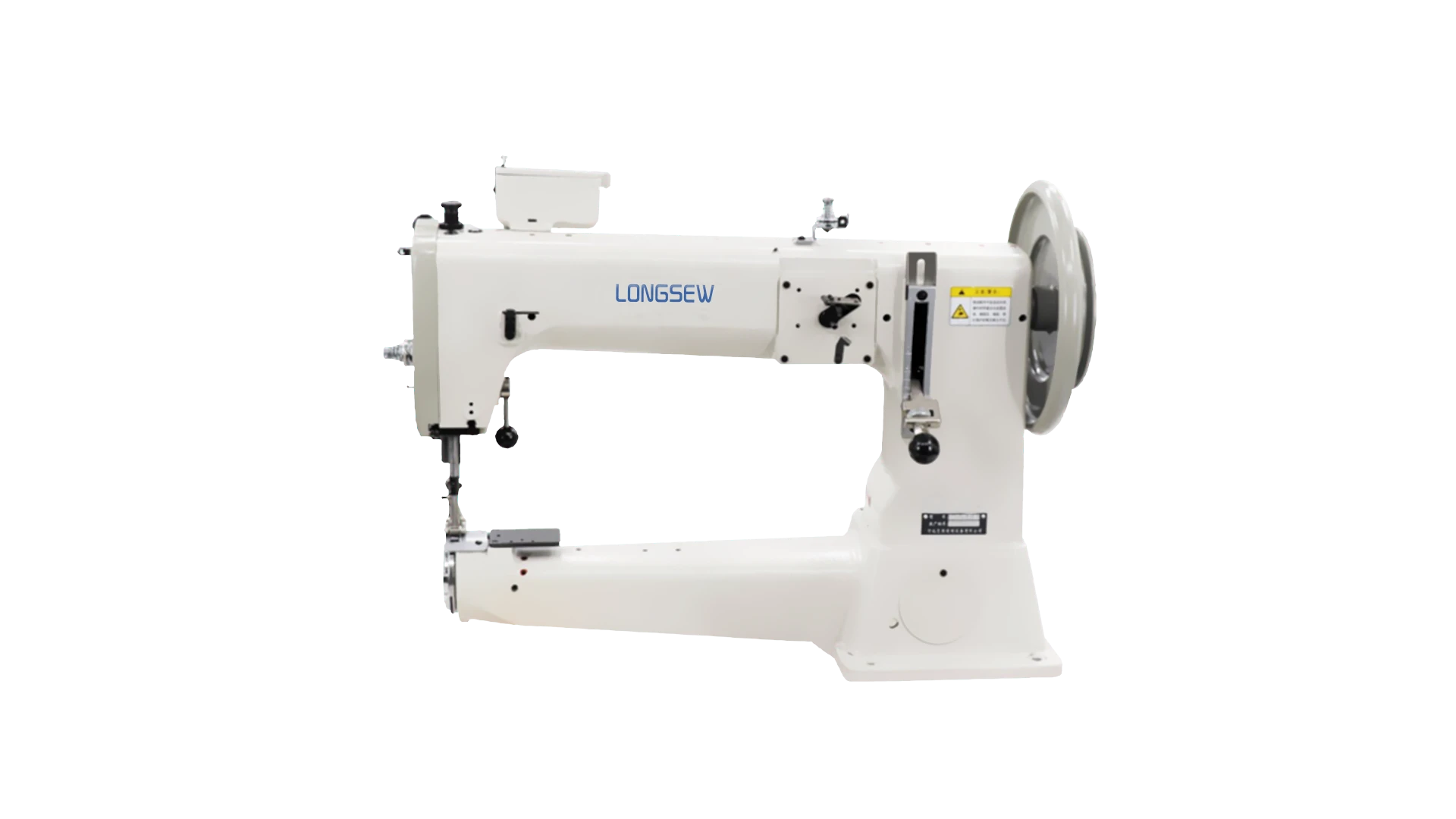Exploring Chain and Lock Stitch Techniques for Creative Sewing Projects
Understanding Chain Stitch and Lock Stitch A Comprehensive Guide
In the world of sewing, two fundamental techniques stand out the chain stitch and the lock stitch. Both are essential for various applications in garment construction, quilting, and crafting. Understanding the differences, applications, and advantages of these stitches is crucial for anyone looking to enhance their sewing skills.
Chain Stitch An Overview
The chain stitch, characterized by its looped structure, is created by forming a series of connected loops, resembling a chain. This stitch is typically made using a specialized chain stitch sewing machine. Chain stitches are known for their flexibility and stretch, making them ideal for sewing knits and stretchy fabrics. They create a soft seam that allows for movement and is less likely to break under tension, which is particularly advantageous in activewear.
In terms of appearance, chain stitches are often visible on the fabric's surface, featuring a series of interlocking loops. This can add a decorative quality to certain projects. Additionally, the ability to quickly unpick chain stitches makes it easier for sewers to adjust their work, which is a significant benefit when making garments that require a precise fit.
One of the notable properties of the chain stitch is its versatility. It can be used not only for constructing seams but also for decorative purposes. Many embroidery techniques utilize the chain stitch to create intricate designs, making it a favorite among quilters and crafters seeking to add detail to their work.
Lock Stitch A Closer Look
On the other hand, the lock stitch is the most common type of stitch in sewing, created by interlocking two threads—one from the top of the fabric and one from the bottom. This stitch requires a regular sewing machine and is known for its strength and durability. The lock stitch is particularly effective for sewing woven fabrics, as it creates a tight and secure seam that withstands everyday wear and tear.
chain stitch and lock stitch

Lock stitches typically have a more polished appearance than chain stitches. They lie flat against the fabric, making them suitable for a wide range of applications, including hems, seams in tailored garments, and more. The versatility and strength of the lock stitch make it a go-to technique for most sewing projects, especially in home sewing settings.
Another key feature of the lock stitch is its ability to create precise and neat stitches. This makes it an ideal choice for delicate fabrics or intricate patterns, as it ensures a clean finish. However, unlike the chain stitch, lock stitches do not have much give, which can be a drawback when working with stretchy materials.
Comparative Analysis
While both stitches serve important roles in sewing, their uses often depend on the type of fabric and the desired outcome of the project. Chain stitches excel in situations where flexibility and stretch are paramount, while lock stitches are favored for their strength and neat finish.
In summary, when deciding between chain stitch and lock stitch, consider the fabric, the intended use of the item, and the level of durability required. For knit fabrics or decorative work, opt for chain stitches. For structured garments and strong seams, lock stitches will serve better.
Conclusion
Mastering both chain and lock stitches expands a sewer's toolkit, allowing for greater creativity and functionality in their projects. By understanding the unique characteristics and advantages of each stitch, sewers can select the best method for their needs, resulting in well-constructed and aesthetically pleasing creations that reflect their skill and artistic vision. Whether you're a novice or an experienced sewist, embracing these techniques will undoubtedly enhance your sewing experience.
-
Boost Production Efficiency with a Pattern Sewing MachineNewsAug.29,2025
-
Industrial Excellence with the Best Heavy Duty Sewing MachineNewsAug.29,2025
-
Precision and Power with the Best Pattern Sewing MachineNewsAug.29,2025
-
Reliable Bulk Packaging Starts With the Right FIBC Sewing MachineNewsAug.29,2025
-
Advanced Packaging Solutions: Elevate Productivity with Jumbo Bag Sewing Machine and Industrial Stitching EquipmentNewsAug.29,2025
-
High-Performance Solutions for Bulk Packaging: FIBC Sewing Machine and MoreNewsAug.29,2025
-
Maximize Efficiency with an Industrial Cylinder Arm Sewing MachineNewsAug.28,2025


























